PROCESS
The first step was to design the house. I came up with a groundplan that was realistic to achieve in 1:25 scale. I also designed some of the facades of the walls, including the placement of doors. I also designed the stairs.
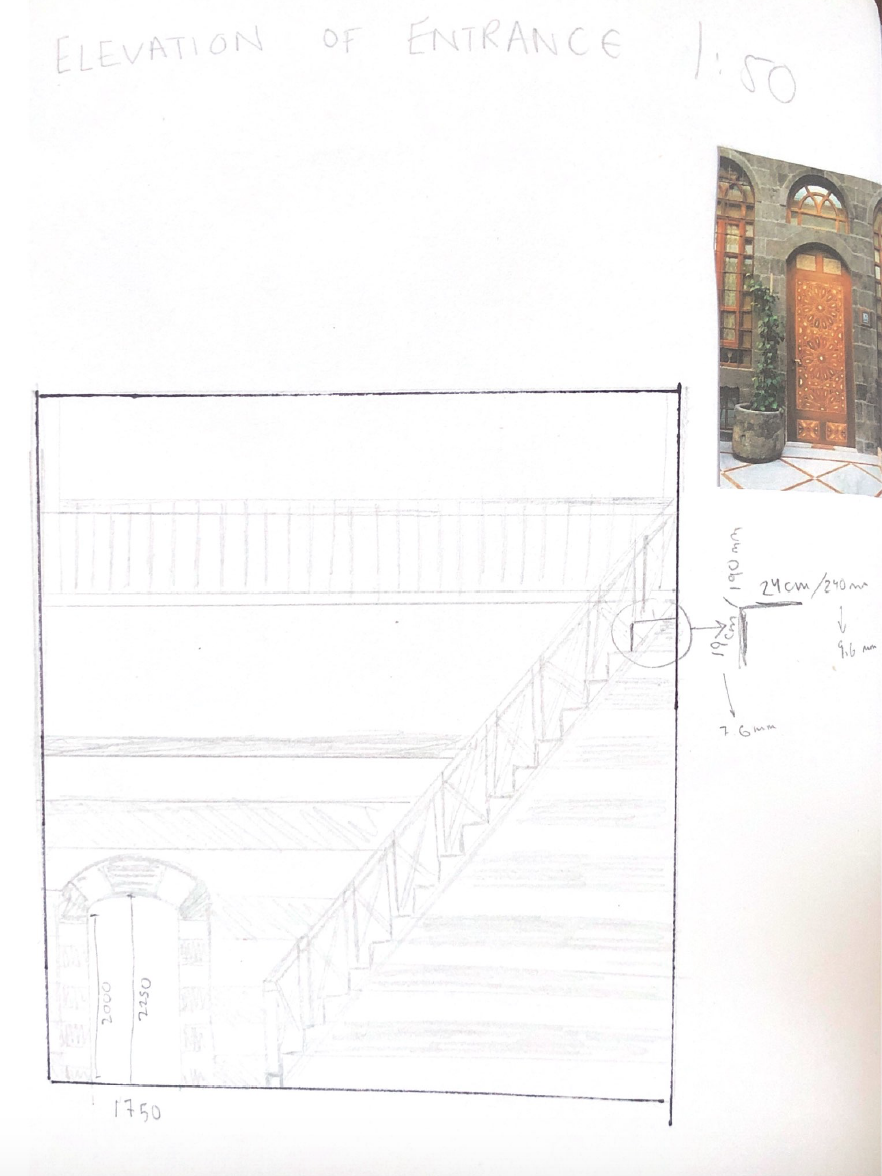
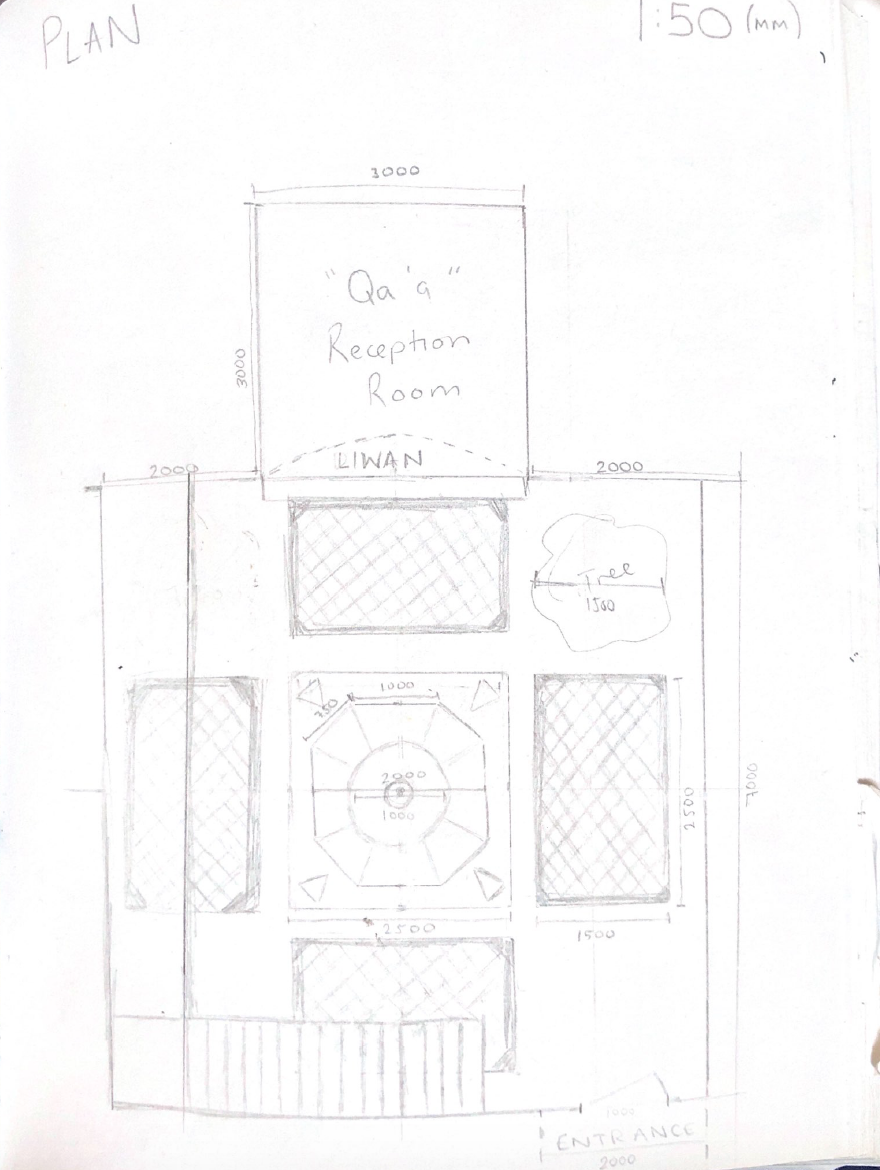
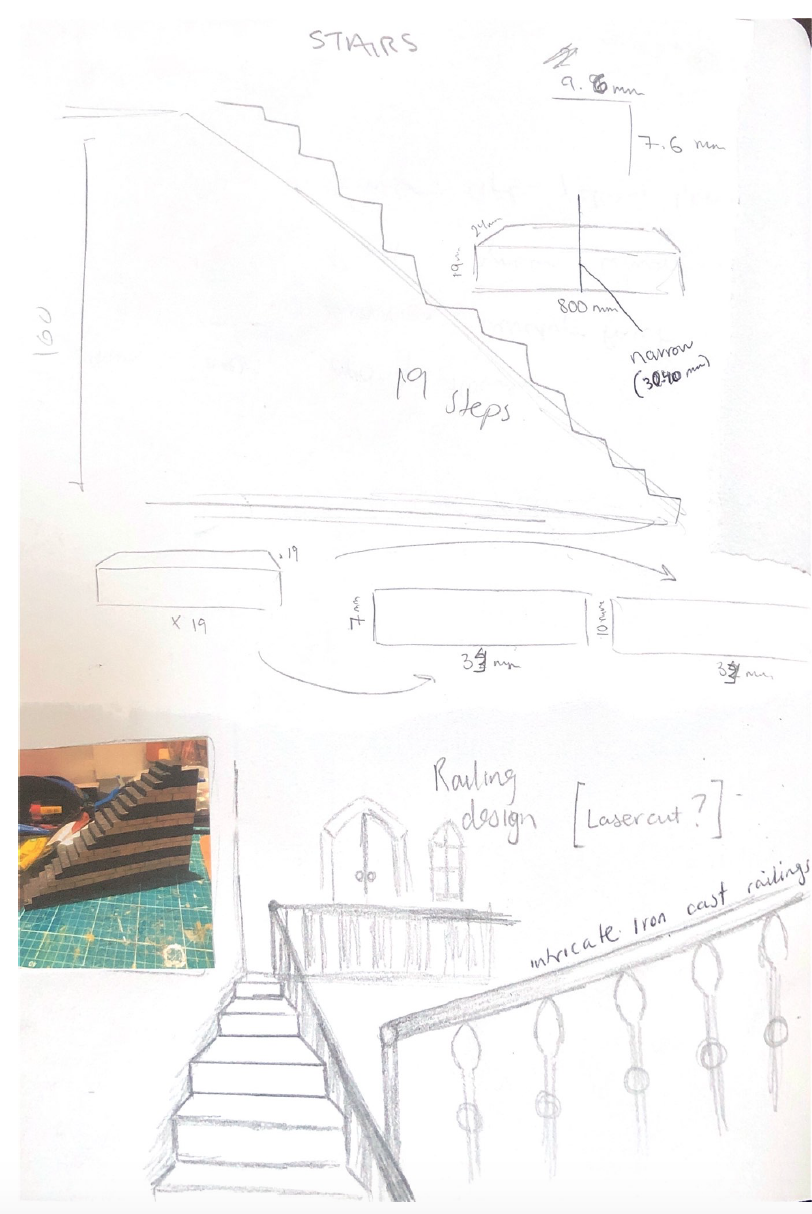
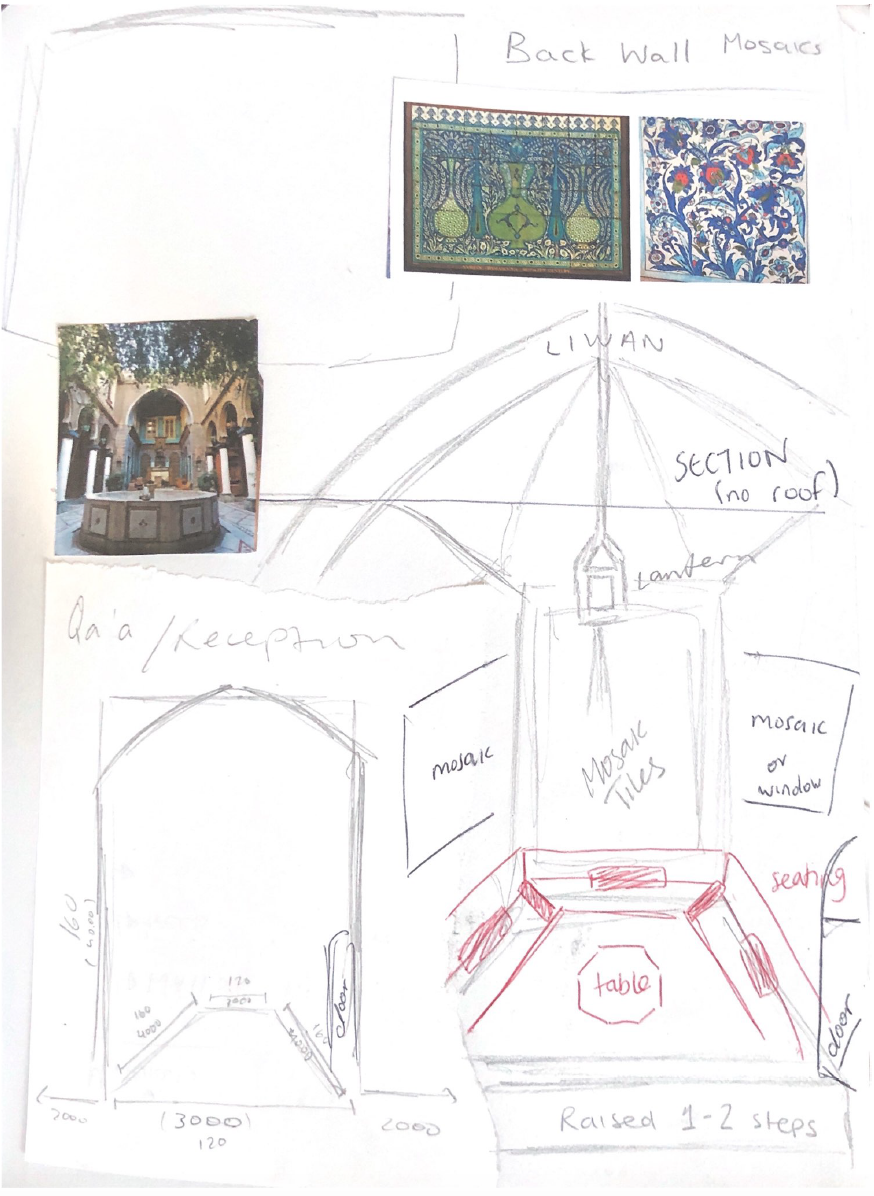
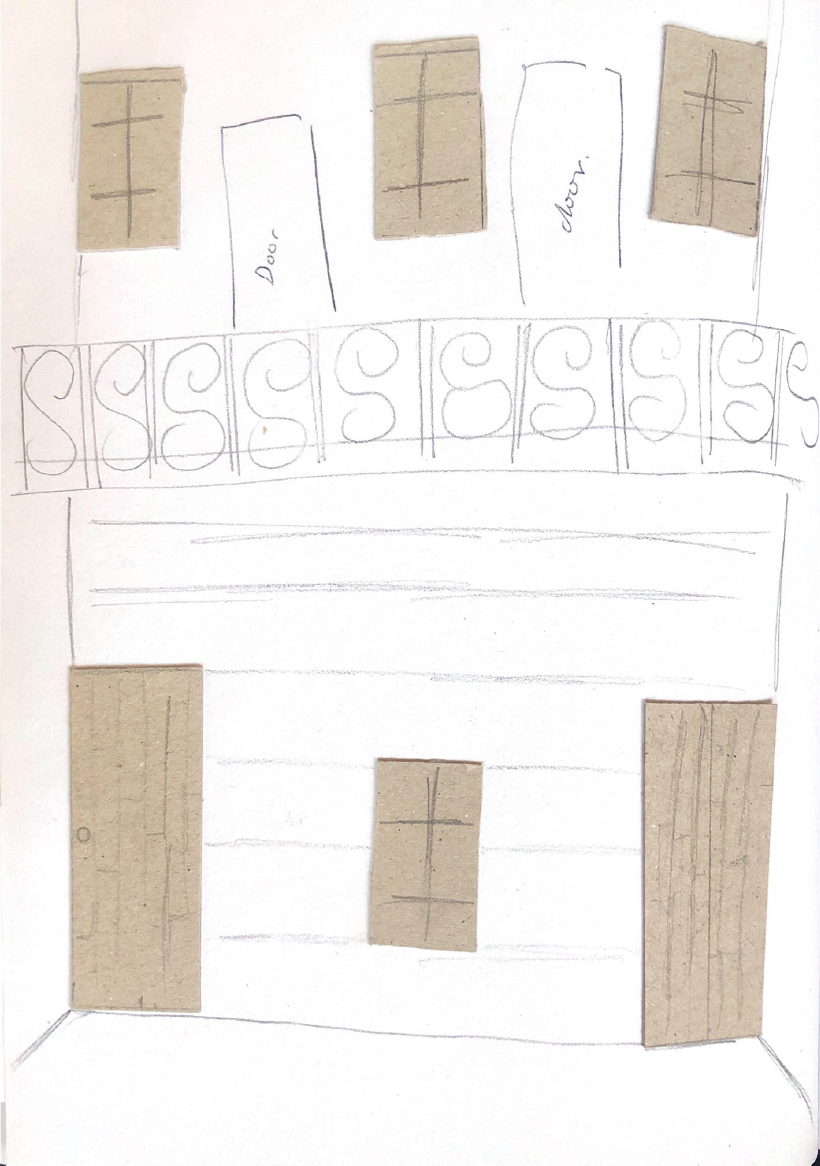
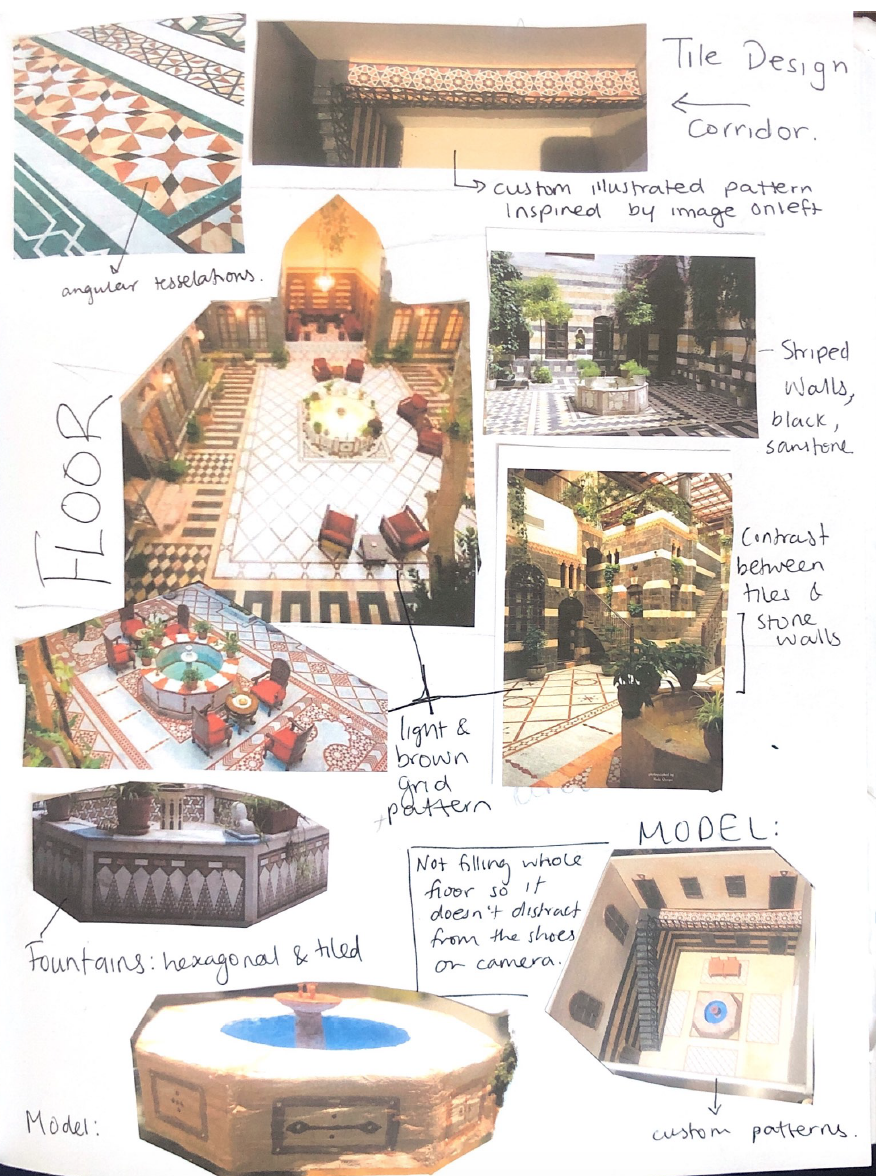

Part of the process of constructing the models required more research for the details. I looked more into furniture styles, jasmine flower trees (which are the national plant), as well as tiles and stonework for the walls, fountain, and floor.
Here is a slideshow of the process of modelmaking which took about 6 days over the span of 2 weeks. I was mainly doing all the modelmaking in the evenings and weekends when I wasn’t on campus for The Collective, so a lot of time-management was necessary.
Here is a slideshow of the process of modelmaking which took about 6 days over the span of 2 weeks. I was mainly doing all the modelmaking in the evenings and weekends when I wasn’t on campus for The Collective, so a lot of time-management was necessary.
As Saki and I were building the models, we were consulting with Momo (who acted as our producer) about the storyboard. We had several ideas that came into play here about the concept. For example, an early idea that did not work on camera was to create a timelapse of the seasons to depict time passing. We also scrapped this because we could not realistically fit it in the 3-5 minute timeframe with other ideas that we valued more, such as using symbolic everyday objects to illustrate cultural lifestyle.
After storyboarding, we sat down and realised that we had so much visual content but not enough narrative or concept. That is also why we decided to scrap some of the ideas that were purely aesthetics like the sequence of seasons. One part that was important to add was a human connection to the models. Momo had the idea to explore forgetting culture due to whitewashing over generations, so I suggested we have a hand removing pieces of the model gradually which is a way of showing time passing and also making a socio-political statemen
![]()
t.
After storyboarding, we sat down and realised that we had so much visual content but not enough narrative or concept. That is also why we decided to scrap some of the ideas that were purely aesthetics like the sequence of seasons. One part that was important to add was a human connection to the models. Momo had the idea to explore forgetting culture due to whitewashing over generations, so I suggested we have a hand removing pieces of the model gradually which is a way of showing time passing and also making a socio-political statemen

t.
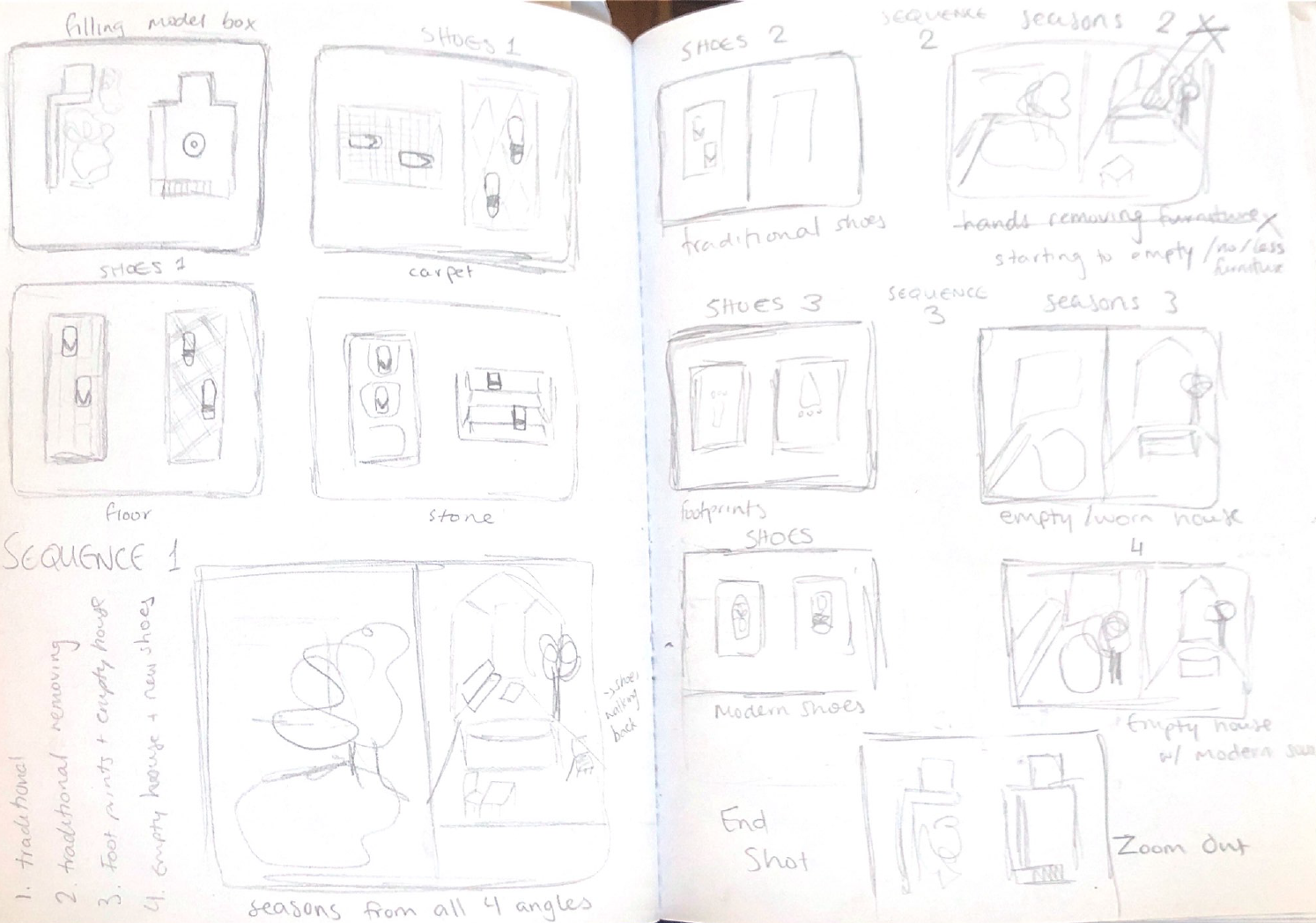
Filming went smoothly, an important factor was the equiptment we used to capture and light the models. We used small torches on stands and a pocket camera which we could insert in the models to capture detail. This was our set up:

Editing was the most stressful part because we were really struggling to piece a narrative together. Due to our cultural backgrounds we all had completely different interpretations of the footage. For example, I read the white hand stripping the model as a comment on colonialisation meanwhile Saki and Momo read it as white-washing. We ended up going with the white-washing idea because it was more relatable to both cultures, but I think we rushed it too much at the end so the intendedpurpose wasn’t clear.
I thought the jump from model to life-size objects was quite jarring for good and bad reasons. I think it was useful to include both sets of footage when looking at the process as a way of connecting and reflecting on our cultures. However, in line with the white-washing concept, it has no significance. I also think the split screen should have been consistent.
Lastly, I think the sound design that I did was successful. I chose to use ambient sounds that are distinct to each culture and setting such as prayers, flowing water, and chimes. I think it helped to immerse us within the spaces despite them being scale models with no people in them. I think it gave them personality.
I also feel that the stop motion with the shoes was the strongest element, because it represented our process of discovery.
I thought the jump from model to life-size objects was quite jarring for good and bad reasons. I think it was useful to include both sets of footage when looking at the process as a way of connecting and reflecting on our cultures. However, in line with the white-washing concept, it has no significance. I also think the split screen should have been consistent.
Lastly, I think the sound design that I did was successful. I chose to use ambient sounds that are distinct to each culture and setting such as prayers, flowing water, and chimes. I think it helped to immerse us within the spaces despite them being scale models with no people in them. I think it gave them personality.
I also feel that the stop motion with the shoes was the strongest element, because it represented our process of discovery.
The linked video is 5 minutes long, please feel free to scrub through it. I have also uploaded some filmstills of footage I felt was unique to this experimental outcome.
Overall, I think this experimental film was necessary to get all of our ideas tested and seen. But, I do not think it is successful as a narrative or as a commentary because neither the intention nor the audience experience is established.
Overall, I think this experimental film was necessary to get all of our ideas tested and seen. But, I do not think it is successful as a narrative or as a commentary because neither the intention nor the audience experience is established.


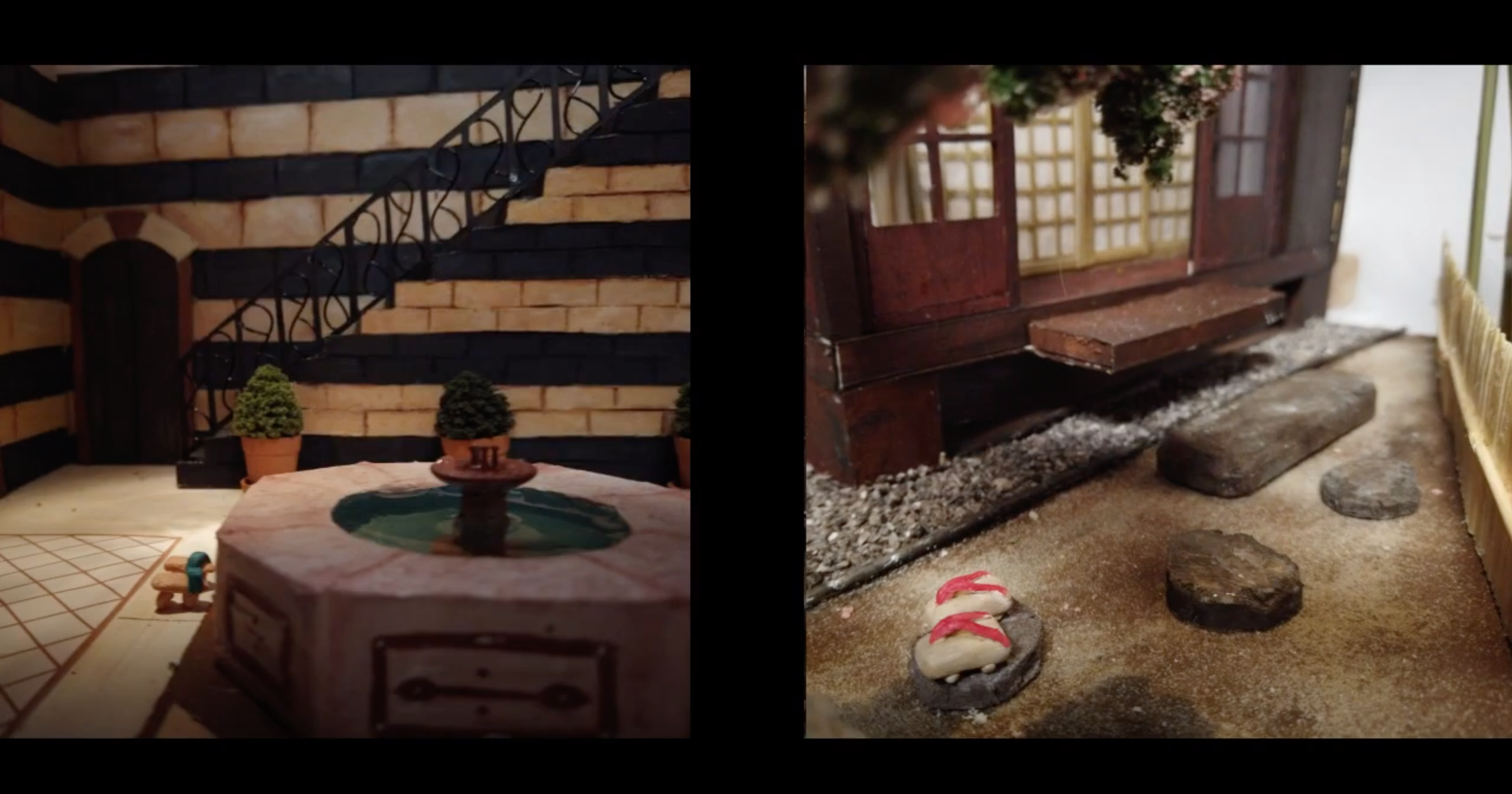


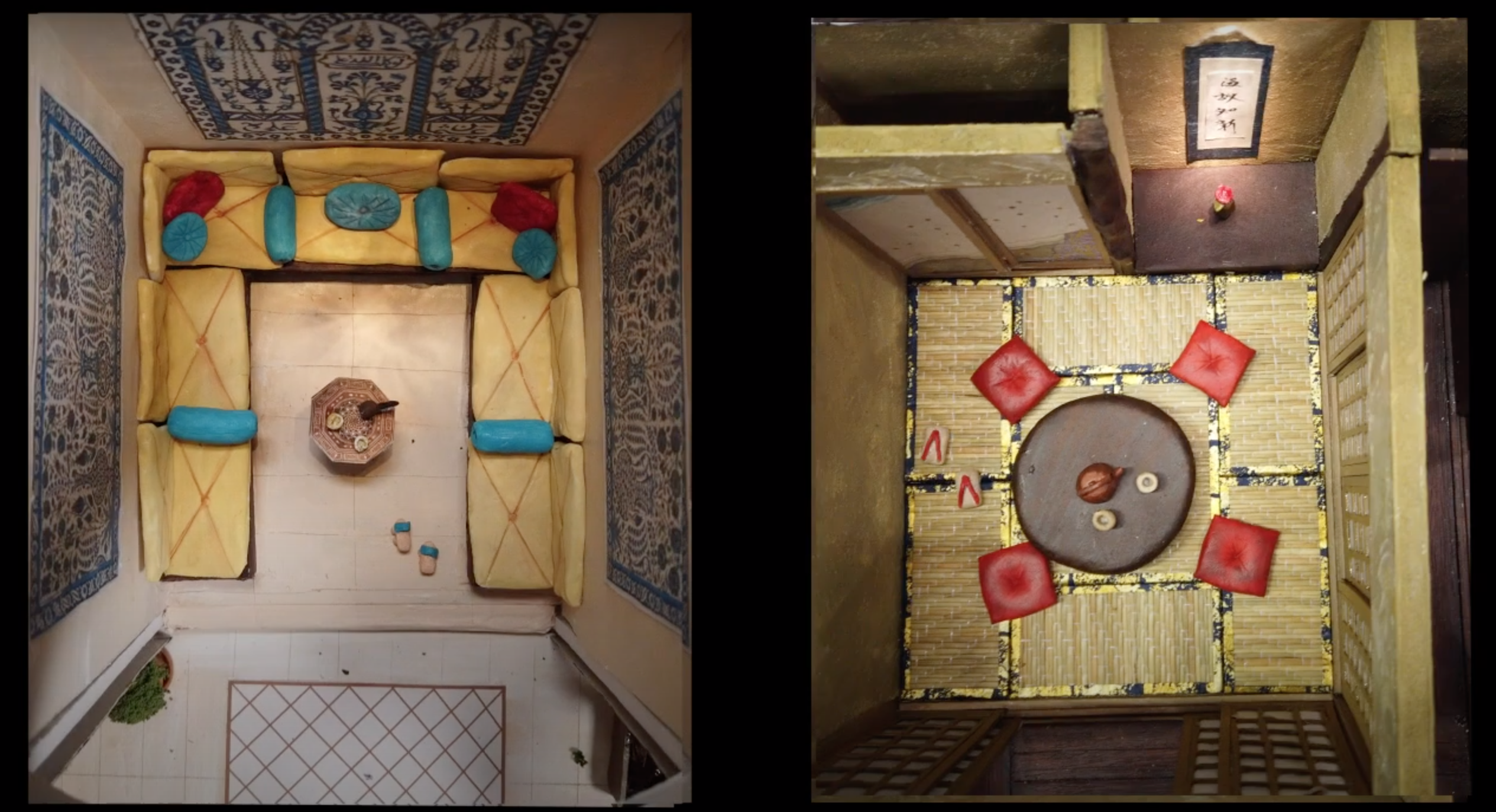
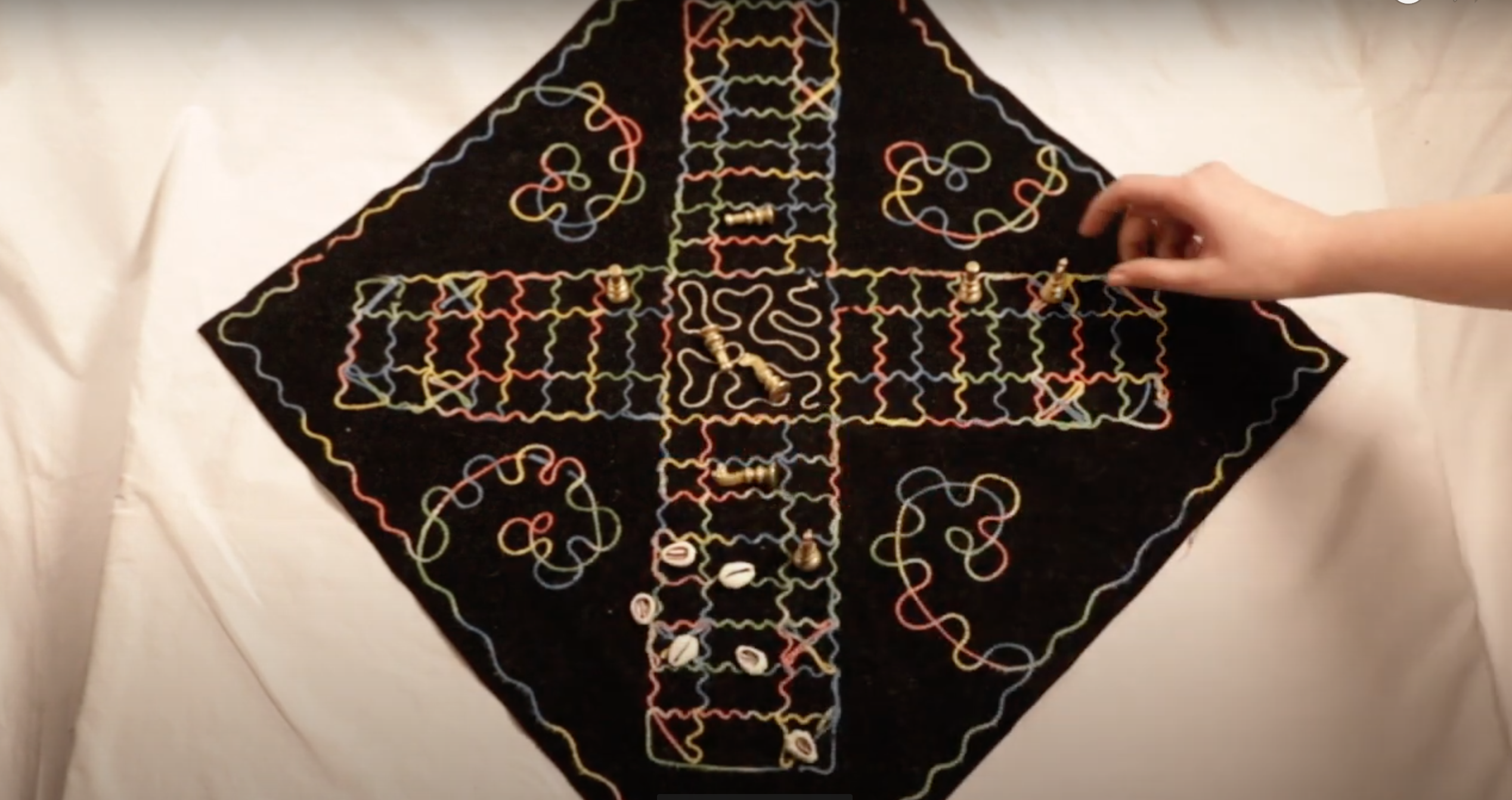

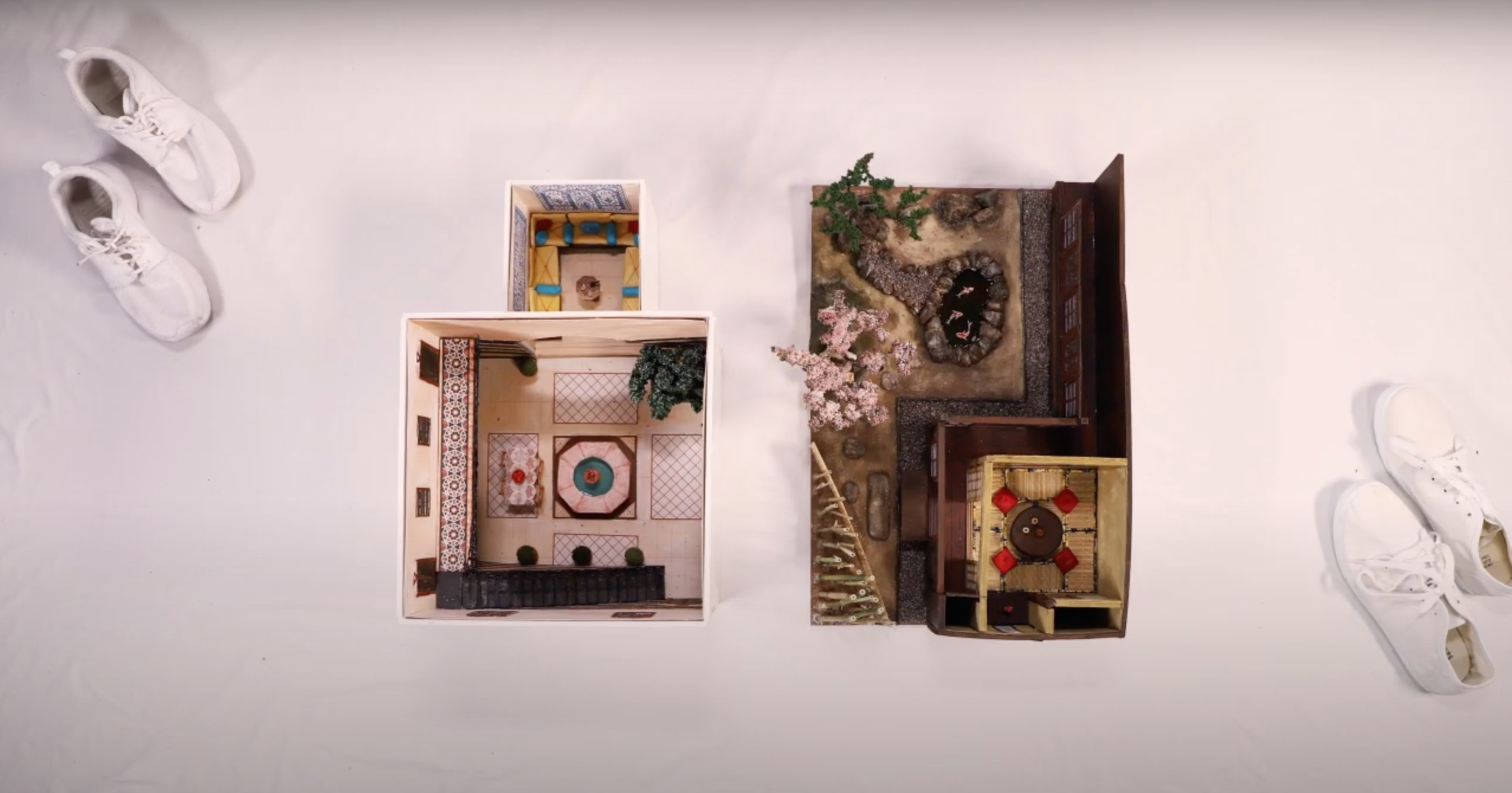
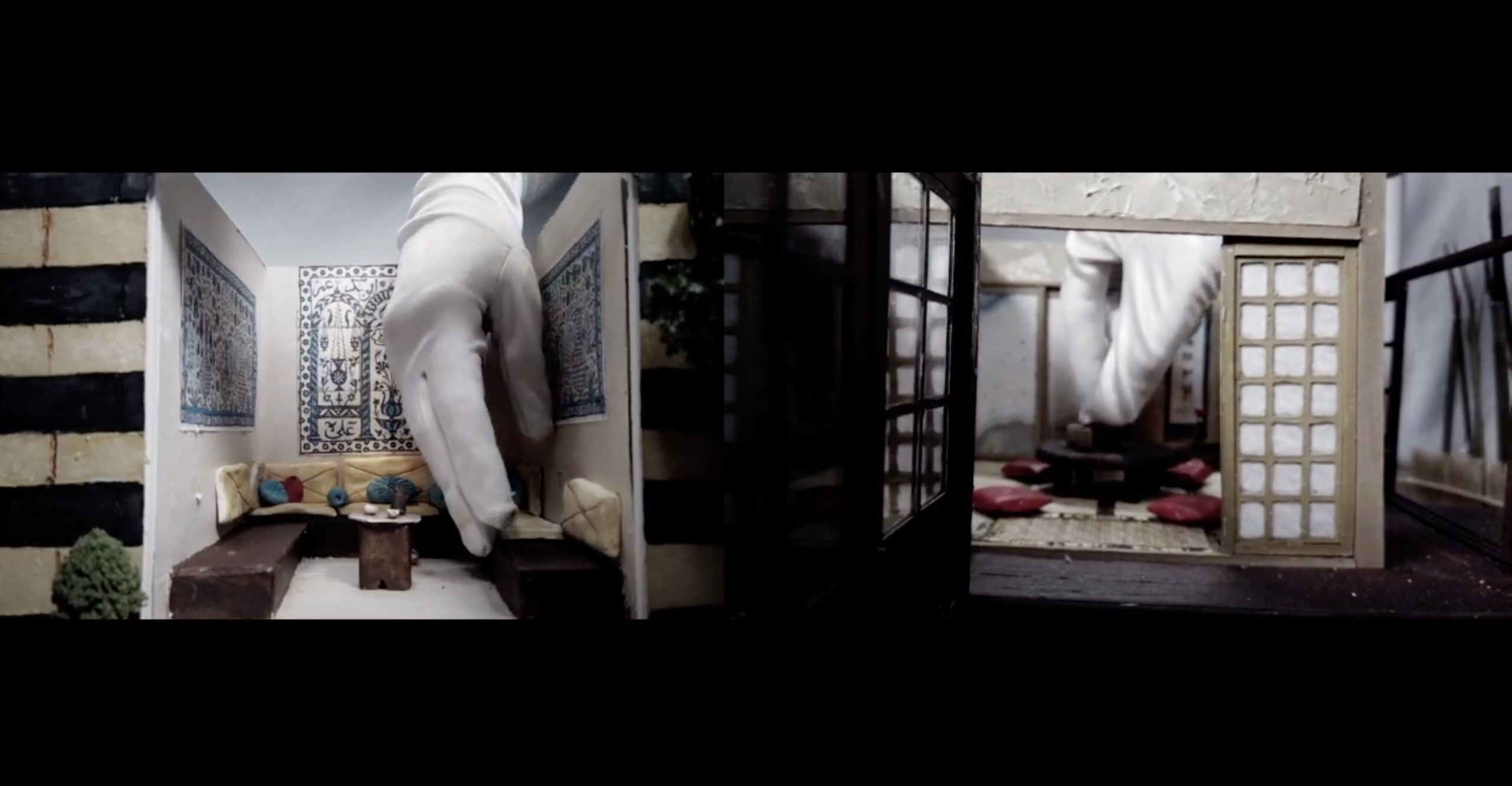
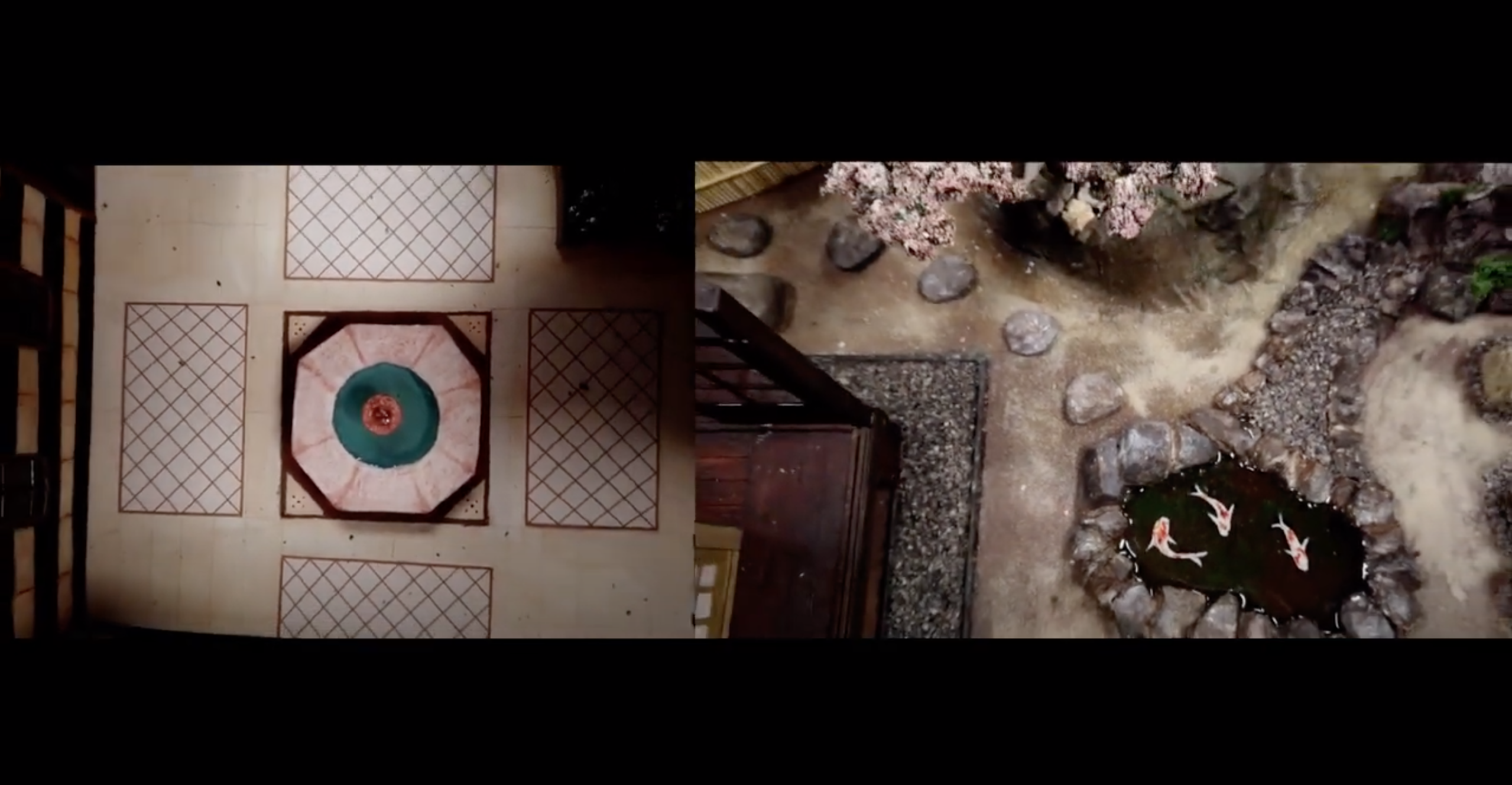
© Jida Akil 2025